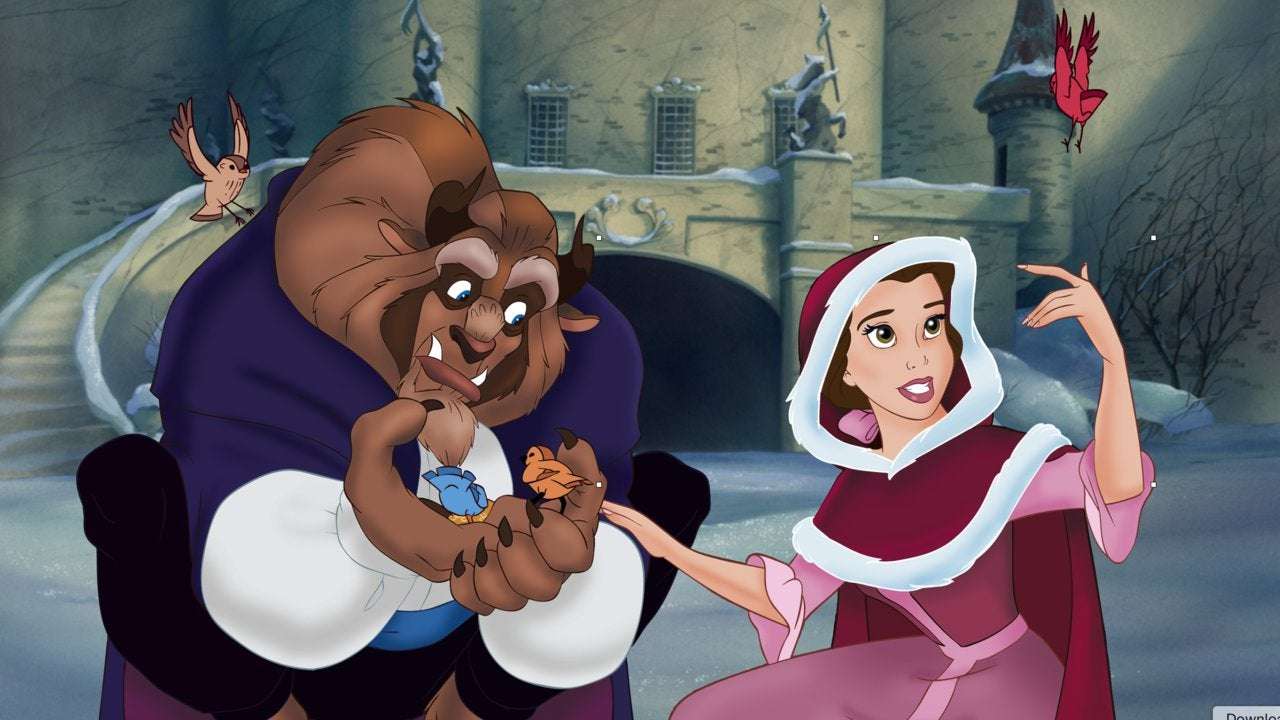Moreover, says Tatar, the story "also teaches young girls how to deal with the idea of marrying young and being in an arranged marriage." WTF. Yes, as much as the new version of BATB rewrites Belle to have personal agency, the original story was very much about young women—girls, really—being married off to old(er) men, who kept them in their castles and dressed them up and made them come down to dinner and…well, you know the rest.
So much about the tale makes sense now, right? To a girl of, say, 13, a man who has gone through puberty is basically a huge, scary, smelly beast. In a way BATB is a comforting story of how even if this happens to you, you can make the best of it and get to know the person; you don't have to be scared and feel doomed. "It was a story that sent…a beautiful message about the power of love and the importance of valuing character," says Tatar. "A person does not have to be necessarily good-looking." Or young. Or immediately likeable. Or whatever else you were hoping for in a husband. There's hope.
That's not all: "That's one side of the message," explains Tatar. "The other side is, this is a story that tells us about monstrosity. I don't think Madame de Beaumont emphasized this, but the monster is a projection of our own anxieties. We create these monsters, and then make peace with those monsters." BATB takes its place alongside other classic examples of outcasts (a trait over which Belle and the beast bond in the live-action version). The X-Men can be read as an allegory for the ostracization of LGBTQ people; the Hunchback of Notre Dame is similarly "ugly" in the eyes of society. It's said that Howard Ashman, the lyricist on Disney's 1991 animated Beauty and the Beast (and The Little Mermaid and Little Shop of Horrors), identified with the character of the beast. As the film was heading toward its premiere, Ashman was dying of AIDS. Like the beast, he suffered from, essentially, what felt like a curse—and time was running out. And just as the villagers feared the beast, society wouldn't and didn't help victims of the AIDS epidemic until, for many, it was too late. Of course, the original beast was a metaphor for other things. Part of the message, Tatar says, is "recognizing also that the monster out there isn't necessarily the one to be feared. It could be the one inside of you. If you let go of some of that and you face your fears, you discover that they're not so terrifying or horrifying after all."
So, to sum it up, this family-friendly love story is really about being a child bride and also an incarnation of fear itself. Wow, Beauty and the Beast is profound. Just not in any of the ways you thought!
RELATED: Here's How Much Emma Watson Is Getting Paid for Beauty and the Beast

Xertious on December 14th, 2019 at 10:25 UTC »
I think modern versions also update the age of Belle and change the nature of the initial relationship.
Nebarious on December 14th, 2019 at 10:24 UTC »
Neat.
All the old fairy tales are grim as fuck. Pun intended.
Like the ugly step sisters in Cinderella mutilating their feet to try and fit into the glass slippers (originally it was vair, meaning fur, and later changed to verre, meaning glass) and then being forced to dance to death in red hot iron shoes for their duplicity.
f_GOD on December 14th, 2019 at 10:01 UTC »
here's a much more thorough source that reddit didn't allow, i assume cause it's from web archive.